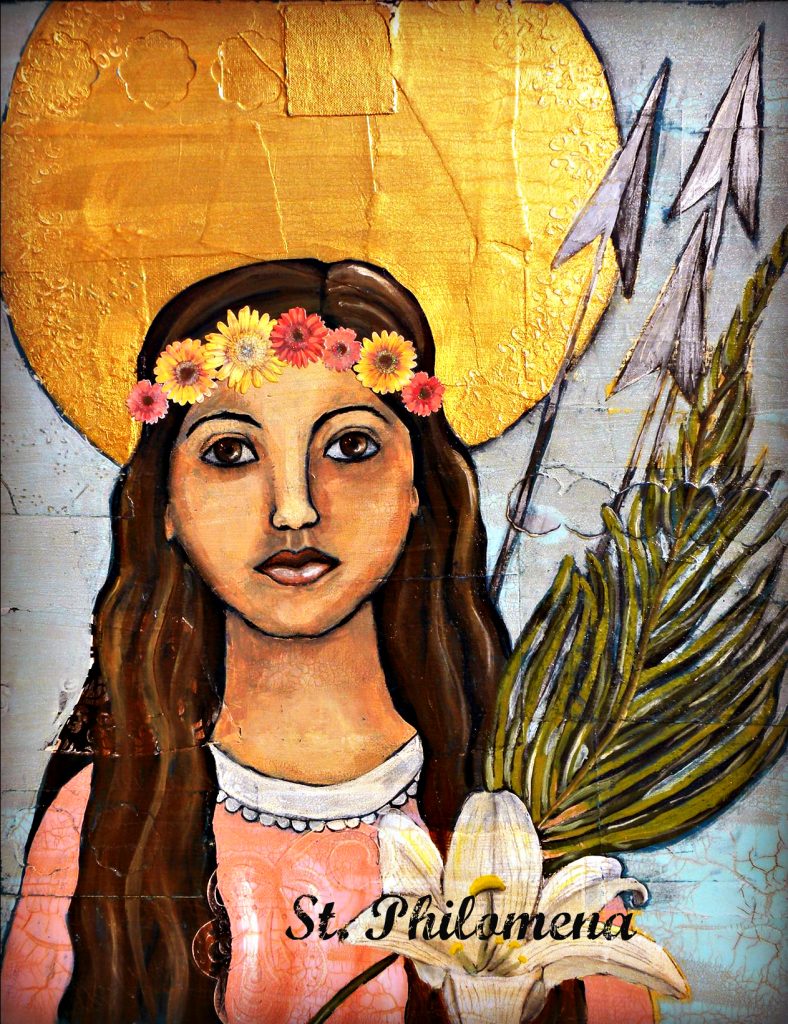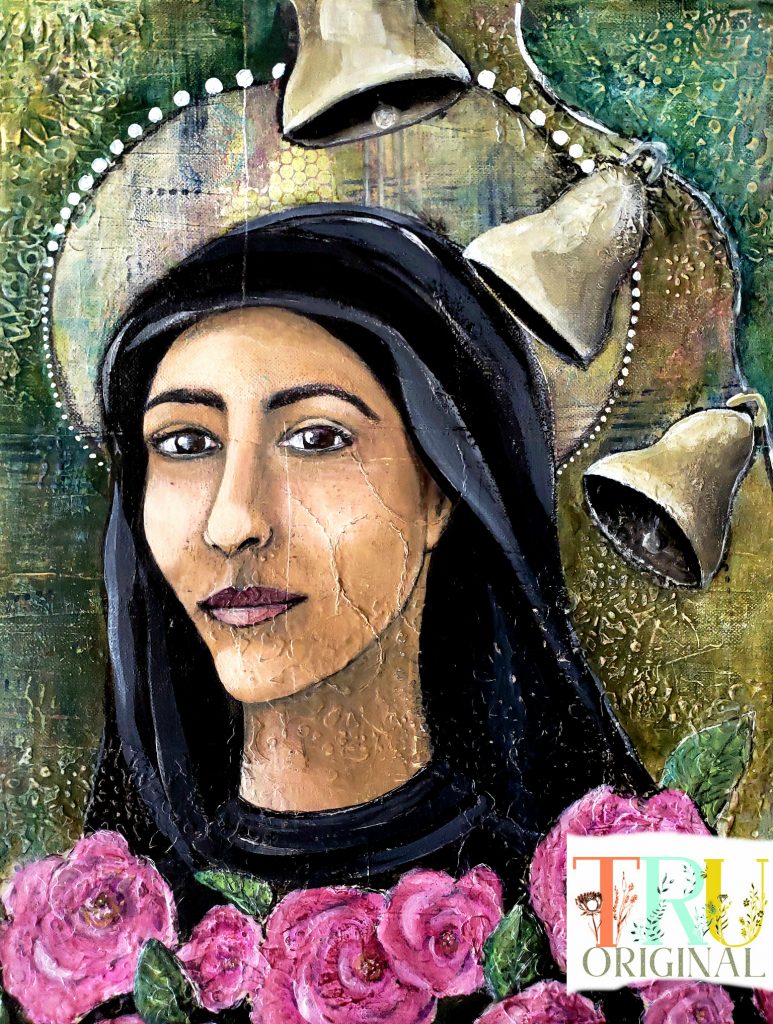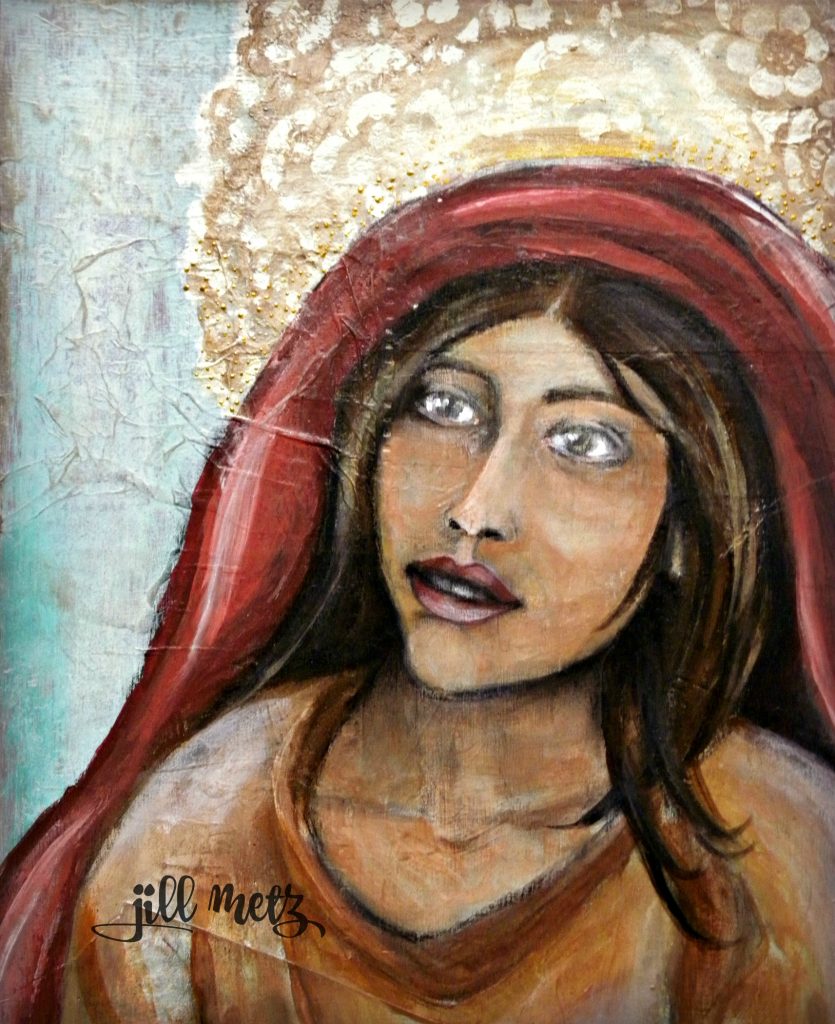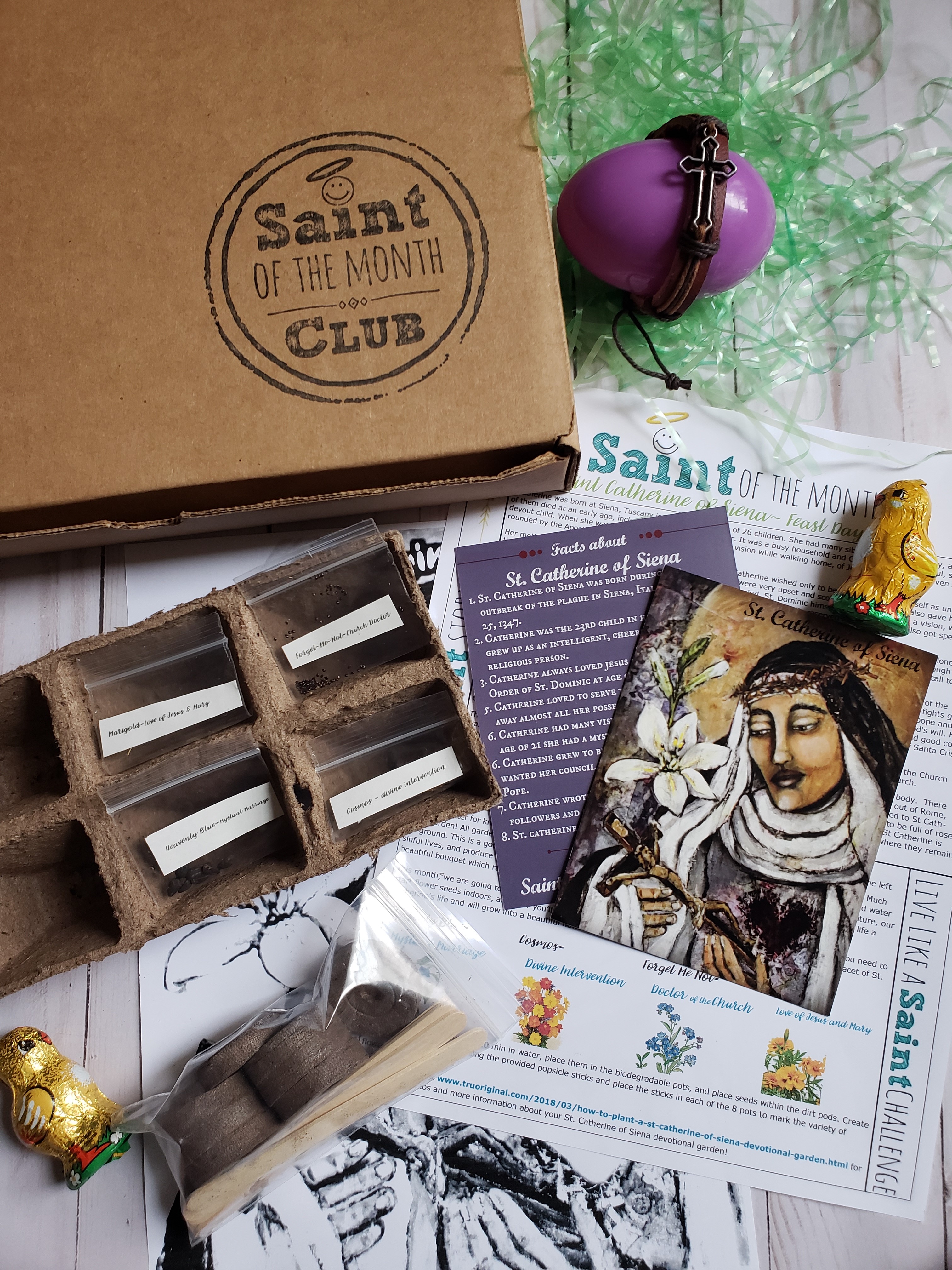August’s Saint of the Month

St. Philomena’s was a young consecrated virgin whose story remained unknown until her remains were discovered in 1802 in the catacombs of St. Priscilla in Rome. Three tiles enclosing her tomb bore an inscription, Pax Tecum Filumena (i.e. “Peace be unto you, Philomena”). Along with this inscription were the symbols of a lily, two anchors, and three arrows, indications of both virginity and martyrdom.
In 1805, her relics were transferred from Rome to a chapel in the village of Mugnano de Cardinale, Italy and soon after various “favors, graces and even miracles” started occurring, including “cures of cancer and healing of wounds”. Venerable Pauline-Marie Jaricot, foundress of the Association of the Living Rosary, was miraculously cured of a severe heart ailment in 1835 at St. Philomena’s shrine in Mungano. Soon afterwards, in 1837 Pope Gregory XVI, authorized public veneration of St. Philomena and canonized her. She became the only person the Church recognized as a saint solely on the basis of her intercessory miracles and she is often times called the Wonder Worker.
Pauline Jaricot was so impressed with her cure that she brought a relic of St. Philomena to her friend the famous Cure of Ars, St. John Vianney. He enshrined it in an altar in his church, which led to numerous miracles, conversions, and cures for those invoking St. Philomena’s assistance. He himself was blessed with mystical gifts, most famously, with the ability to read souls, much like another famous confessor, St. Padre Pio. Jean-Marie Vianney nonetheless gave the credit for many miracles attributed to him to St. Philomena and handed out many Cords of St Philomena to help others become devoted to her. Other Saints who were devoted to her included St. Peter Julian Eymard, St. Damien de Vesteur, St. Madeleine Sophie Barat, St. Francis Xavier Cabrini and St. John Nepomucene Neumann.
In 1833, a Neapolitan nun reported that Philomena had appeared in a vision to her, and the Saint had revealed that she was a Greek princess, martyred at 13 years of age by Diocletian, who was Roman Emperor from 284 to 305. According to Sister Maria Luisa di Gesù, Saint Philomena told her she was the daughter of a king in Greece who, with his wife, had converted to Christianity. At the age of about 13, she took a vow of consecrated virginity. When the Emperor Diocletian threatened to make war on her father, her father went with his family to Rome to ask for peace. The Emperor “fell in love” with the young St. Philomena and, when she refused to be his wife, subjected her to a series of torments: scourging, from whose effects two angels cured her; drowning with an anchor attached to her (two angels cut the rope and raised her to the river bank); being shot with arrows, (on the first occasion her wounds were healed; on the second, the arrows turned aside; and on the third, they returned and killed six of the archers, after which, several of the others became Christians). Finally the Emperor had her decapitated. The story goes that the decapitation occurred on a Friday at three in the afternoon, as with the death of Jesus. Two other people, unknown to each other and living far apart, had what was apparently the same revelation made to them about Philomena’s life.
In the Neapolitan nun’s account, Saint Philomena also revealed that her birthday was January 10, that her martyrdom occurred on August 10 (the date also of the arrival of her relics in Mugnano del Cardinale), but the church celebrates her feast on Aug 11. The name “Filumena” means “daughter of light” and it is usually taken to be derived from a Greek word meaning “beloved”.
Learn more about this young Saint by watching this short video







 Sara has been part of the Club from the beginning! Her knowledge and devotion to the Saints is a real inspiration to me. Sara’s family does an amazing job in encouraging her and they spend time together researching different Saints and growing together in their knowledge and devotion of our friends in Heaven. If there was a trivia game show about the Saints…Sara would be a champ!
Sara has been part of the Club from the beginning! Her knowledge and devotion to the Saints is a real inspiration to me. Sara’s family does an amazing job in encouraging her and they spend time together researching different Saints and growing together in their knowledge and devotion of our friends in Heaven. If there was a trivia game show about the Saints…Sara would be a champ!












